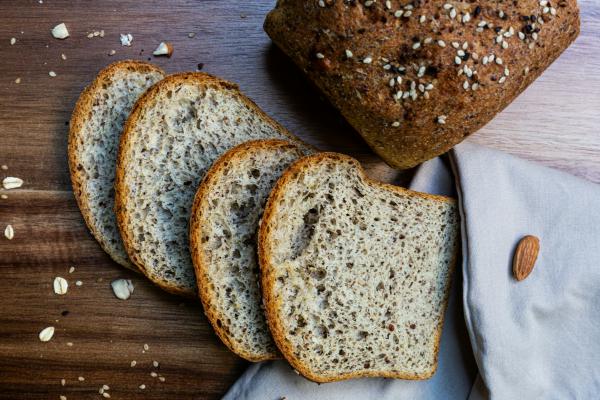


When watching your weight, bread can be one of the hardest things to give up. However, with the growing popularity of low calorie bread, you no longer have to sacrifice this pantry staple to maintain a healthy diet. In this article, we will explore the health benefits of low calorie bread, different varieties available, tips for enjoying it, and how to incorporate it into recipes for satisfying yet calorie-conscious meals.
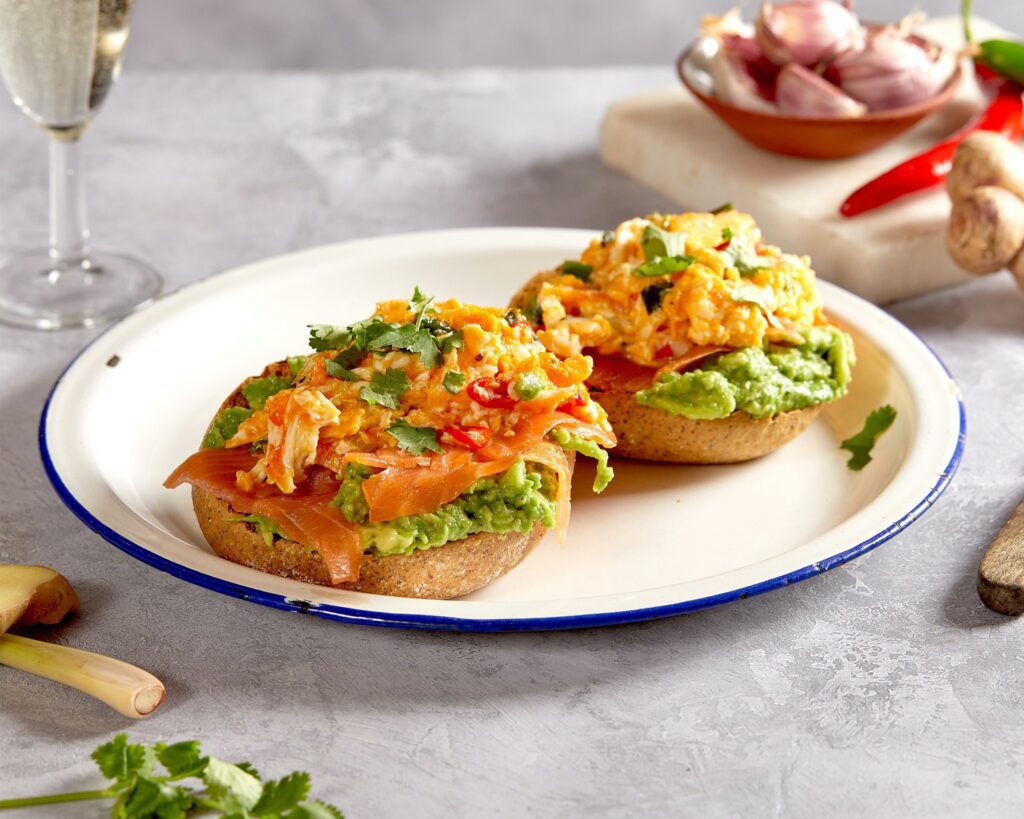
Low calorie bread refers to bread that contains far fewer calories than your average sliced bread. Most traditional breads range from 100-250 calories per slice depending on size and ingredients. In comparison, low calorie bread will provide under 100 calories, often as low as 70 calories or less per average slice.
This calorie reduction is achieved through substituting or limiting high calorie ingredients like grains, sugars, and fats in favor of more nutritious and fiber-rich alternatives. Some ways low calorie bread accomplishes this include:
The end result is bread that satisfies cravings but with a lighter calorie count perfect for weight loss or maintenance diets.
Consuming low-cal bread in place of regular varieties provides a few notable health advantages: Weight Management
Fewer calories per slice means low carb bread is easier to fit into calorie-conscious meal plans without feeling too restricted. This can aid long term weight loss or maintenance efforts.
Higher fiber and protein fill you up while releasing sugars gradually to prevent insulin spikes. This is good for managing blood sugar levels and preventing energy crashes.
Many low calorie breads use whole grains and contain little to no saturated fat or trans fats. This makes them a heart-healthy swap for traditional sandwich breads.
Despite low calories, ingredients like fruits/veggies, nuts/seeds offer key vitamins, minerals, fiber and antioxidants with each slice. Good news for health enthusiasts watching their waistline.
Clearly, low-cal bread provides significant nutritional advantages for overall wellness and weight control compared to regular varieties. Let’s check out some popular options available.
Luckily, there are many types of low cal calorie breads to choose from based on personal tastes and nutrition needs:
Whole Grain: Made with grains like oats or quinoa and containing 2-3g fiber per slice for around 60 calories.
Protein Enriched: Uses soy or pea protein to fill you up with under 70 calories per slice. Flaxseed & Fiber: Whole flax and inulin boost satiety while keeping calories under 80.
Seed & Nut: Pumpkin, sunflower or nuts add healthy fats and fill you out around 80 calories per slice.
Granary & Multigrain: Mixes whole and cracked grains for structure with upwards of 5g fiber and 90 calories per slice.
Vegetable & Fruit: Carrots, zucchini or blueberries lower calories to 70-80 while boosting nutrients. With such variety, it’s easy to choose a low calorie bread tailored to individual nutritional needs.
Experimenting keeps taste buds engaged on any new diet or lifestyle.
Here are some tips for making the most of low-cal bread in a satisfying yet calorie-conscious way:
Following these tips allows bread to remain satisfying while remaining mindful of portion sizes and calories. With so many options, swapping to low-cal bread doesn’t mean compromising taste or enjoyment.
Most low calorie breads contain under 100 calories per average sized slice (around 45-50 grams). Some varieties can be as low as 60-70 calories per slice. Always check the nutrition label to find a bread option that fits your caloric needs and dietary goals.
While low-cal bread contains fewer calories, brands fortify it with fiber, protein and healthy fats to help keep you full. Ingredients like whole grains, nuts, seeds and vegetable/fruit purees release energy slowly and prevent blood sugar spikes and crashes between meals for sustained satiety.
Absolutely! Low calorie bread works great for sandwiches. Choose varieties containing 2 grams or more fiber per slice. Then pair each slice with lean proteins, veggies, and healthy toppings like avocado, nut butter or hummus to feel satisfied while enjoying fewer calories than regular bread.
Many low calorie breads now taste as delicious as the regular versions thanks to upgraded recipes using wholesome ingredients. Varieties like seeded, nutty or fruit and vegetable breads can be especially flavorful. Don’t be afraid to experiment to find your favorite-tasting bread.
Yes, low calorie bread can be part of a balanced, low-calorie diet. Depending on the variety, it provides nutrients like fiber, protein, vitamins and minerals while containing fewer calories. Look for brands containing 2+ grams fiber and under 100 calories per slice for optimal nutrition.
No, properly formulated low calorie breads help manage blood sugar levels. Fortifying bread with fiber, protein, and healthy carbs prevents sharp rises after eating. It also releases energy slowly versus refined carbs to prevent crashes. Pairing with protein further controls blood sugar.
In conclusion, low-calorie bread makes it possible to indulge your bread cravings without the added calories. Containing anywhere from 60-100 calories per slice through smart substitutions and omission of unnecessary sugars and fats, it offers a lighter yet satisfying alternative for calorie-conscious diets.
With the incredible variety available and ways to make the most of each slice, low calorie bread ensures bread lovers need not give up this pantry staple completely to lose or manage weight.





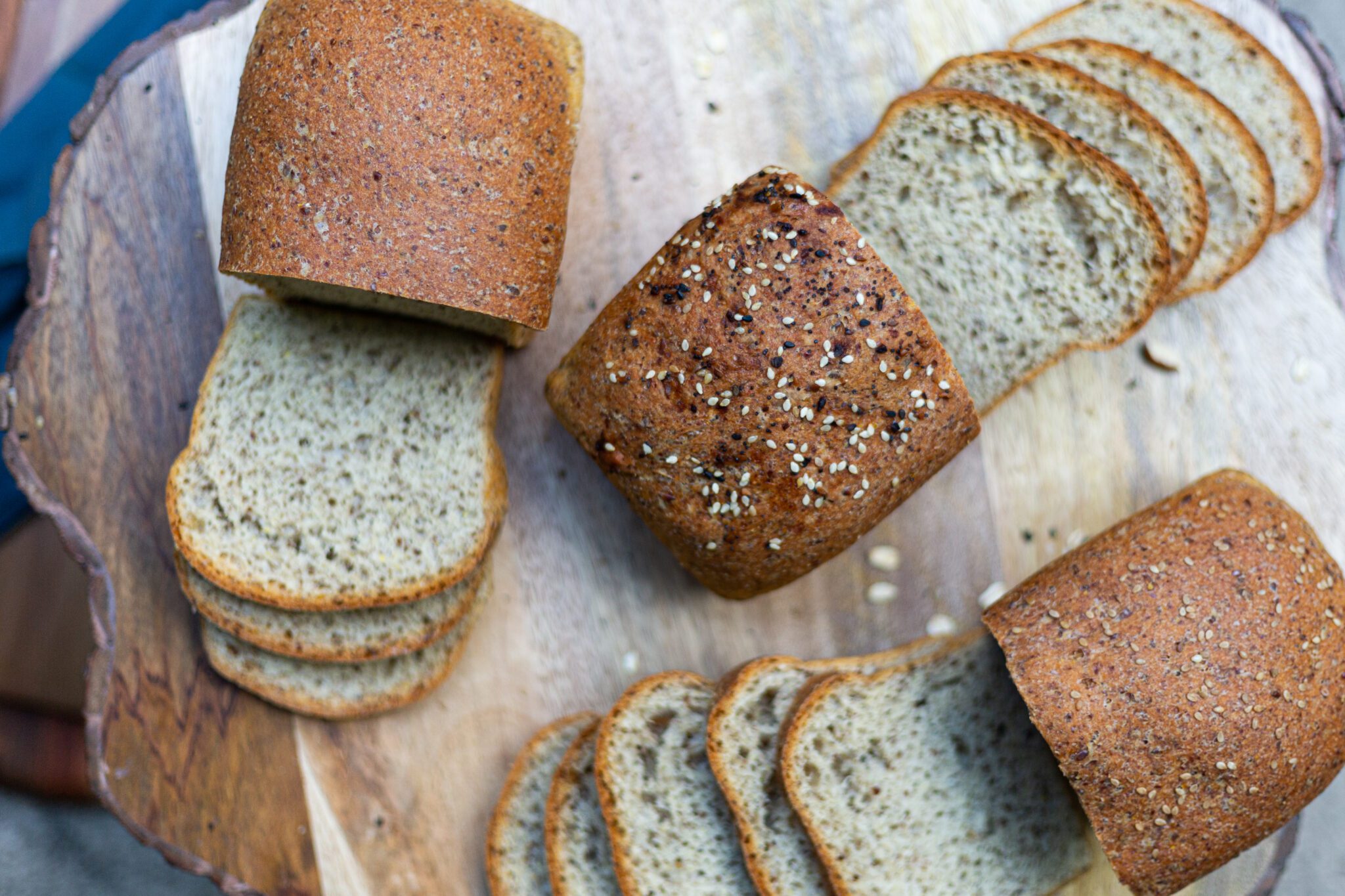


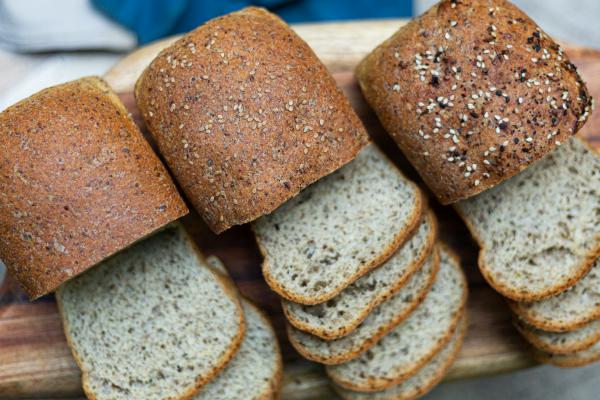


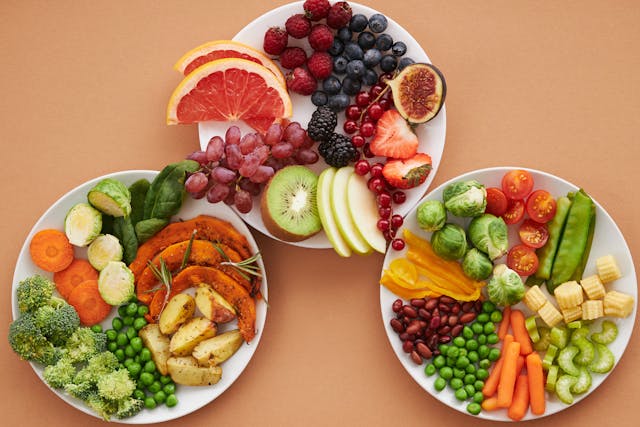






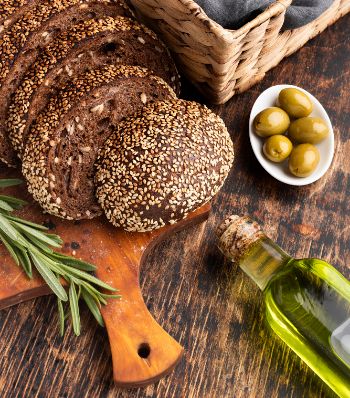

Sign up below to receive exclusive deals and be first to know when delicious new products are coming out.